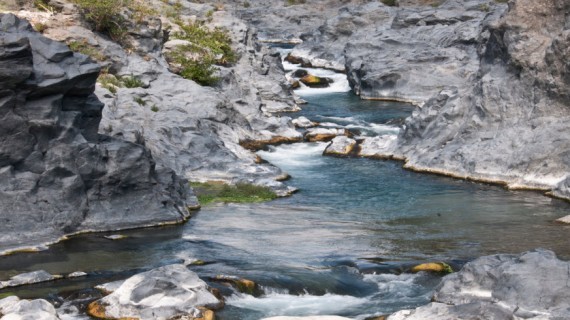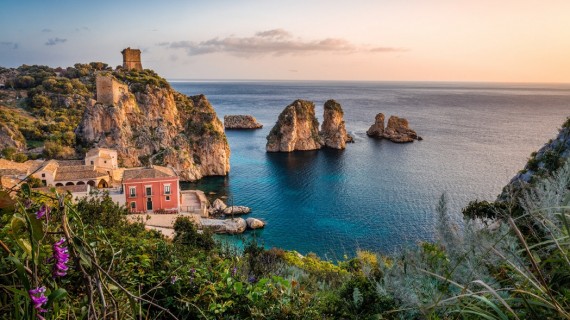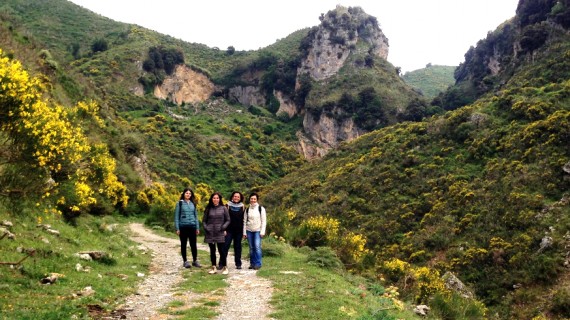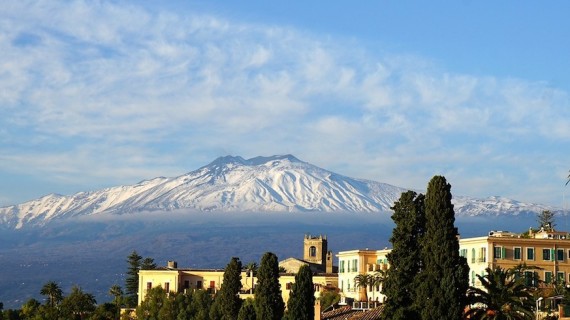Not only sea: in Sicily, a five-stage itinerary in the south-eastern area to discover the extraordinary Baroque-inspired artistic and cultural heritage.
Sicily has always been one of the favourite destinations of Italians and foreigners to spend long holidays, festivities breaks, or a simple weekend of relaxation and tourism. Its strong point? Being vast, different from one meter to another, beautiful. But above all, it is perfect to visit at any time of the year, and there is not even the danger of deciding not to return because “you’ve seen it all”: virtually impossible. The wonder of Sicilian beaches (many of them Blue Flags also in 2019) is more than known, and therefore we want to offer you a different itinerary.
Did you know that Sicily was the cradle of different civilizations in ancient history? Greeks, Arabs, Normans… But even the modern age has left many traces, one in particular predominates in the south-eastern area of the island: the Baroque. Find it out with this itinerary in five stages of Pure Beauty.
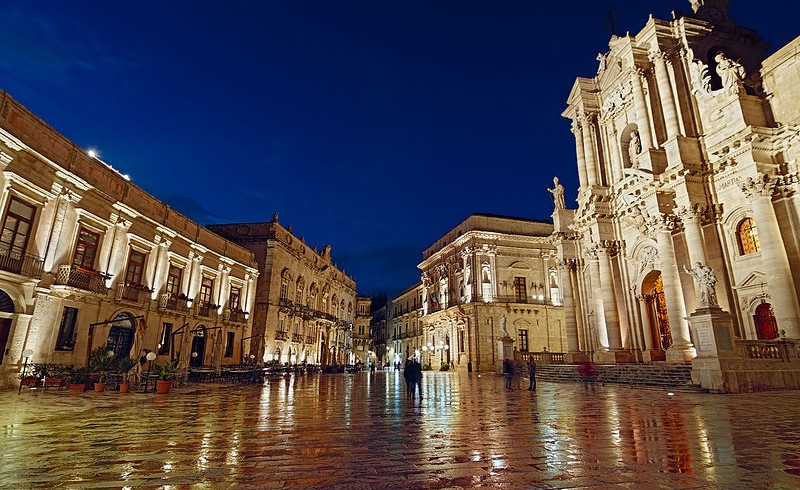
Catania, art at the feet of the Volcano
Let’s make a premise, to explain the origin of this valuable artistic heritage: in 1693 the south-eastern coast of Sicily was shaken by a terrible earthquake, which destroyed most of the cities. However, the inhabitants of the area did not give up: what we see today is the result of the reconstruction of that time, at least a significant part. They chose the Baroque style, “personalizing it”, making it even richer than it already was: that’s why the “Sicilian Baroque” represents an artistic episode almost in its own right. With this historical parenthesis, let’s start!
Whether you arrive by plane, car or ferry or train, the first stop is the city of Catania.
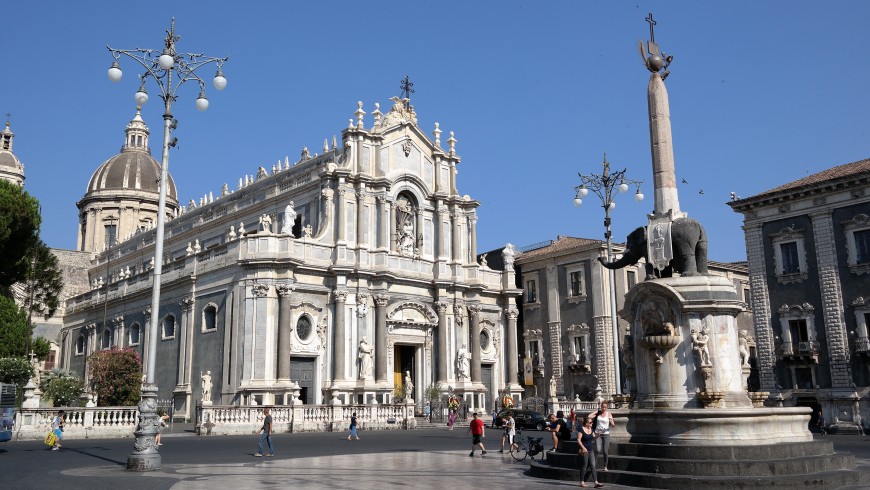
Not to be missed: all concentrated in the city centre, accessible with a good walk. Started from the Benedettini Monastery (known as such, the original name is “Monastero di S. Nicolò l’Arena), currently the seat of the humanities faculties of the University of Catania. Built in 1558 but partially destroyed by the earthquake (and even before by a massive lava eruption), it is a jewel of the late Baroque but tells of centuries of history, preserving within it a Roman domus. Continue the tour with “the living room of the city”, Duomo Square. Visit the Cathedral, whose magnificence preserves the relics of the patron saint Sant’Agata, and the Palazzo degli Elefanti (“Elephants Palace”), seat of the town hall. To the right of this, the Fontana dell’Amenano, a fountain named after the ancient river on which the city was built (Katane), is the “gateway” to one of the symbols of the city’s folklore: the Pescheria, the fish market outdoors. Admire then the lava stone obelisk in the centre of the square: it is an elephant, called by the Catanians “u liotru”, to which at least two different legends are linked. Finally, another must of the city is the Biscari Palace, a residence wanted by Ignazio Paternò Castello, fifth prince of Biscari and still today the property of his family. Its magnificent halls and gardens today host events, gala evenings and business meetings.
- Benedettini Monastery
- BIscari Palace
Where to sleep green: a few steps from Duomo Square, in the heart of the city center, Lavikarooms is a new eco-friendly B&B, to start your artistic and cultural tour in the city on the slopes of Etna.
Ortigia, island in the island
You can leave the car for a few days, avoiding also the trouble of finding a parking space, a not easy undertaking in those surroundings. Choose to travel by train, as the stages of our itinerary are well connected by railways. With an hour of regional train from Catania, you will arrive in Syracuse. Renowned capital of Magna Graecia, but not only: the oldest part of the city is the island of Ortigia.
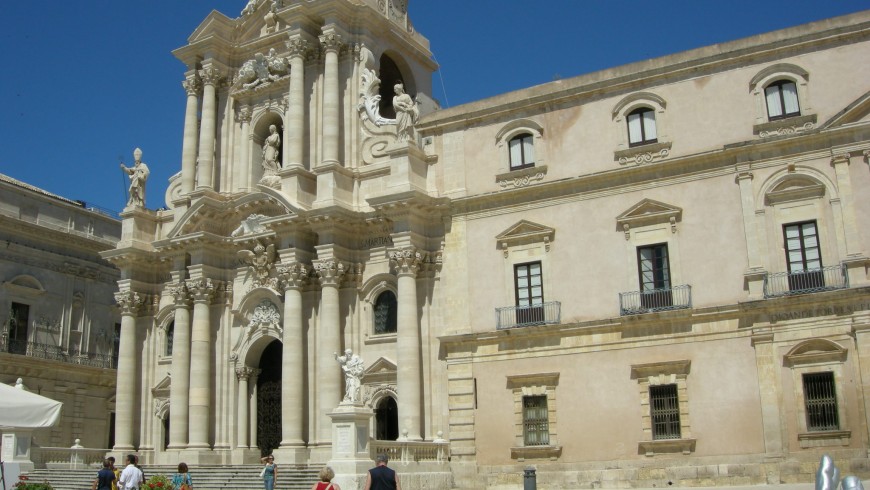
Not to be missed: Ortigia perfectly combines details of Greek history – such as the Fonte Aretusa – with the Baroque style that dominates the architecture of the streets. Visit the Cathedral, a riot of decorated capitals, statues and friezes. The square that hosts it will leave you breathless: everything is built in cream-colored limestone, which shines by day due to the reflections of the sun and the night in the light of the streetlamps. Enjoy a walk on the small island, through the narrow streets of the Jewish quarter, “La Giudecca“, where Jewish-inspired architectural details are added to the Sicilian Baroque taste. And don’t miss the stop in the artisan shops and in one of the trattorias, where you can enjoy a great meal, possibly based on fresh fish.
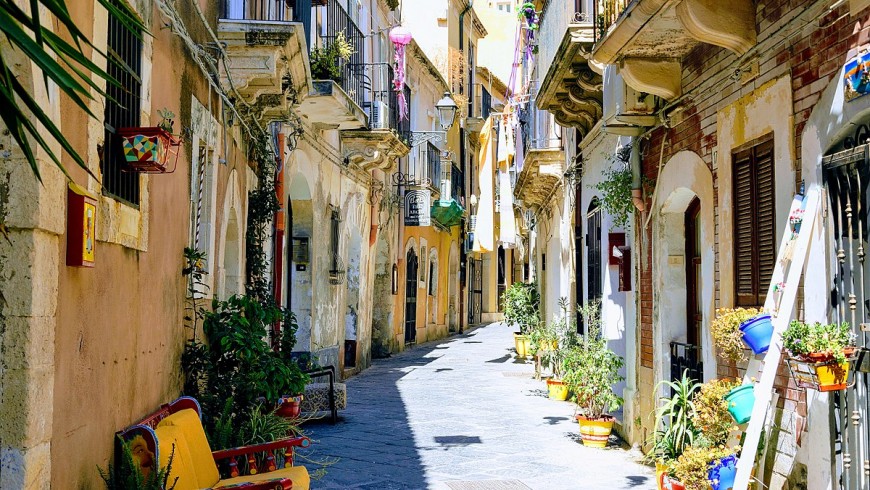
A green tip: if you are in the area in spring or autumn, on a Sunday pay a visit to the farmers market, housed in the Old Market building, and buy genuine zero km food, like the famous Pachino cherry tomatoes. Small farmers and the local economy will be grateful for your contribution!
Noto, cradle of the Baroque
The city that gives its name to the Val di Noto, a term used to indicate all the large area destroyed by the earthquake of 1693. Even Noto can be reached by train. It is here that the Sicilian Baroque finds its supreme expression, at the behest of the duke Giuseppe Lanza di Camastra, who followed the reconstruction.
Not to be missed: from the station, a journey of just 15 minutes takes you to the heart of the city, Corso Vittorio Emanuele. Here are the most beautiful monuments of Noto, which dominate the three main squares. As first in our direction, you encounter the Church of St. Francis at the Immaculate: it is located at the top of a stairway and runs along an ancient Benedictine monastery. Continuing, we find the Church of St. Chiara, particular for its elliptical plan and for the richness of the decorations inside.
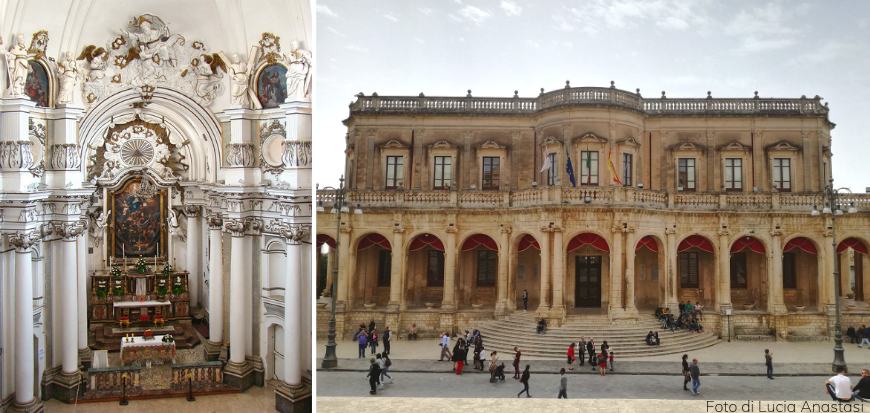
Finally, Municipio Square. Here, face to face, there are the Cathedral of St. Nicolò and the town hall building, two magnificent and triumphant examples of late Baroque art. It is the frame of many photos taken in the city, because it envelops the visitor at 360°, thanks also to the white stone of Syracuse, which is the protagonist of the buildings here as well. If you are in the city in May, you can’t miss the Infiorata, an event for which Noto prepares itself all year: hundreds of meters of the historic centre covered with works of art created with flowers by expert florists. Every year they tell a different story, colourful and wonderful.
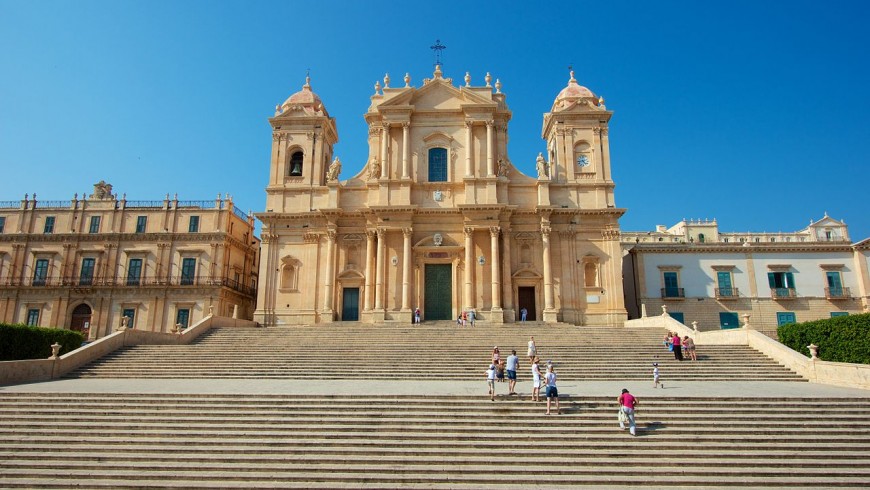
A green tip: if you decide to use the car, you can choose an electric one. In fact, seven charging stations have been installed in Noto since May. Moreover, if you are a lover of pure and uncontaminated nature, you cannot miss the Vendicari Reserve: a protected natural area, which has five particular beaches with different conformations.
Modica, chocolate-flavoured masterpieces
We move to the west, more distant from the coast. By train we arrive in Modica, a small but characteristic town. Like Noto and Ortigia, it has been a UNESCO World Heritage Site for several years.
Not to be missed: it is known as “the city of a hundred churches”. Perhaps they are not so many but the expression gives the idea. A particularity linked to this appointment is the fact that Modica has two Mother Churches, duality dated back to an ancient rivalry between the two districts where the two parishes are located. The first is the majestic and imposing Cathedral of St. George: it dominates the view thanks to the 36-meter high dome and the spectacular staircase at its feet, which counts 164 steps. To admire it in all its splendour, treat yourself to a climb to the opposite hill, in the Cartellone district: the view will repay tiredness.
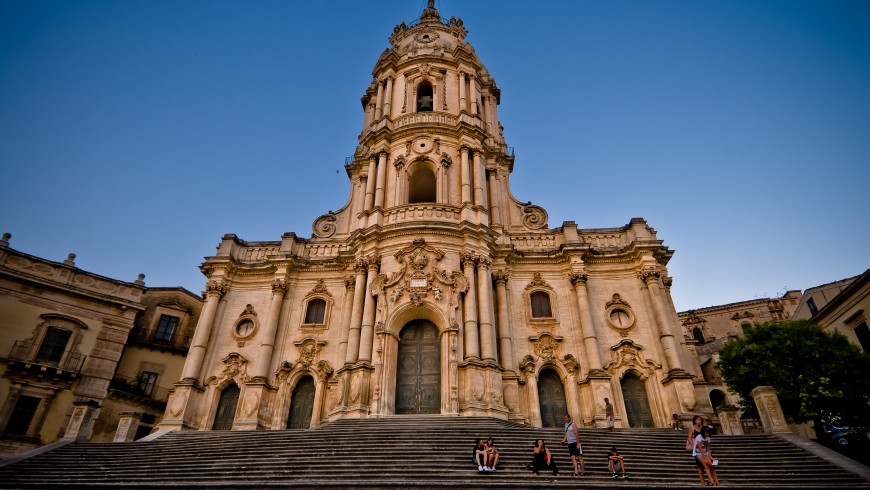
And speaking of sight, one of the highest points in the city (yes, there are so many climbs in Modica) is Pizzo Belvedere, a terrace on a breath-taking landscape. The second cathedral is that of St. Peter, also on the top of a shorter staircase, and certainly less spectacular than the previous one, but still a testimony of late Baroque worthy of note. From architectural to culinary art: Modica means first of all “chocolate”, among the best in the world. Taste it (just a bit though) in one of the hundreds of small shops in the city, and make it a good supply to take home!
- St. Peter’s Cathedral, Modica
- Chocolate made in Modica
A green tip: a good way to get around Modica is by bike. In the last few years, bike and e-bike rental services have increased in the city, to encourage alternative mobility throughout the area. And some agencies also organize tours by bicycle. Moreover, even here, as in Noto, there are recharging columns for electric cars.
Ragusa Ibla, in the heart of a world heritage site
The last stop on our itinerary to discover the Sicilian Baroque is Ragusa Ibla (“lower”). Arriving by train at the Ragusa station, with a walk of about half an hour you cross the main city centre to arrive on “the baroque island“.
Not to be missed: Ragusa has 18 monuments World Heritage Site. Well, 14 of these are in Ibla! The best known is the Cathedral, here dedicated to St. George too. The imposing facade, rich in decorative details, is special because it also includes the bell tower, which is usually separated. The stone streets are lined with ornate buildings, many of which are of ancient noble property, such as Palazzo La Rocca and Palazzo Cosentini. Among the various squares, connected by the characteristic lanes, you can recognize the set of numerous films of cinema, such as “Divorzio all”Italiana”, not to mention the series by Commissario Montalbano, set and shot in different locations throughout the province.
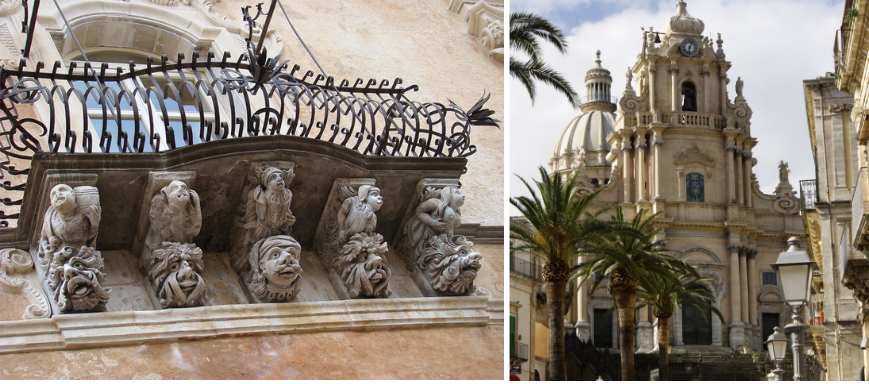
Where to sleep green: just on the outskirts of Ragusa Ibla, the B&B Casa de Giusti is perfect both for admiring the charm of the Iblean baroque and for continuing with a visit to the “upper” city and its surroundings.
Of course, the splendour of Sicilian Baroque does not end with these five stages alone, but surely they represent the most significant example. If you have a week available for your holidays, you can enrich this itinerary in Sicily with stops in the maritime areas of Marina di Ragusa, Marzamemi, Avola and Acitrezza. Or with other minor towns that complete the heritage of that historical and artistic period, such as Acireale, Caltagirone, Palazzolo Acreide and Scicli. In short, there is an embarrassment of riches. Let yourself be conquered by the genuine beauty of Trinacria, adding an eco-sustainable travel style, giving up the car and choosing one of the many Ecobnb in Eastern Sicily.
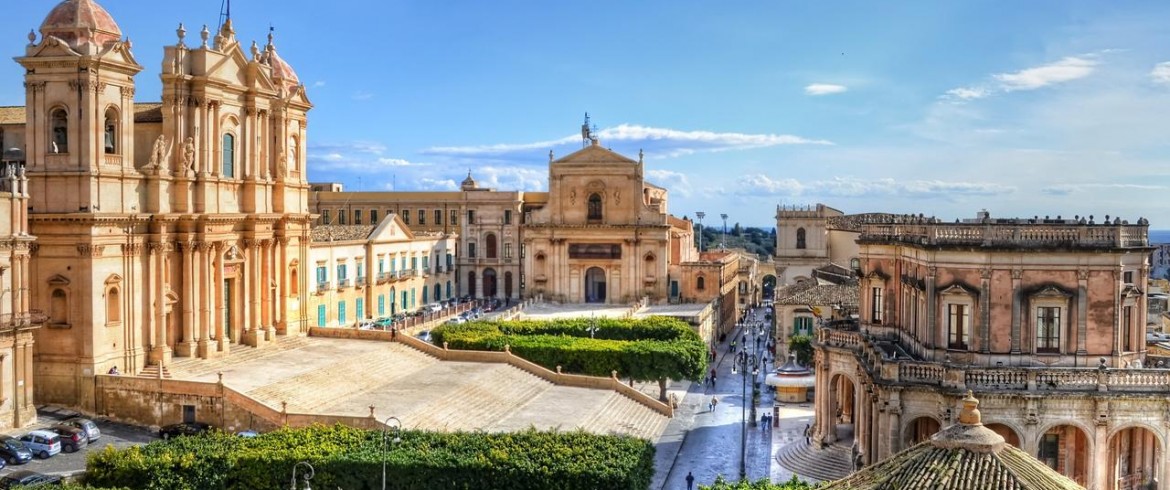
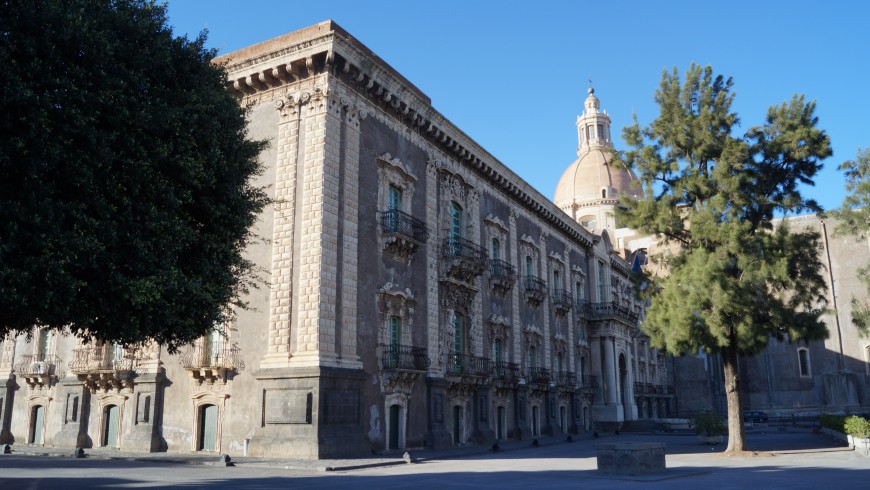
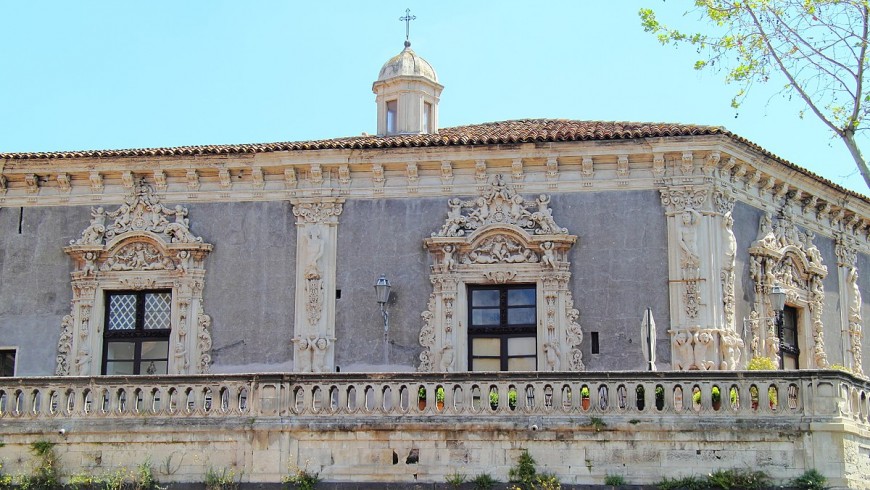
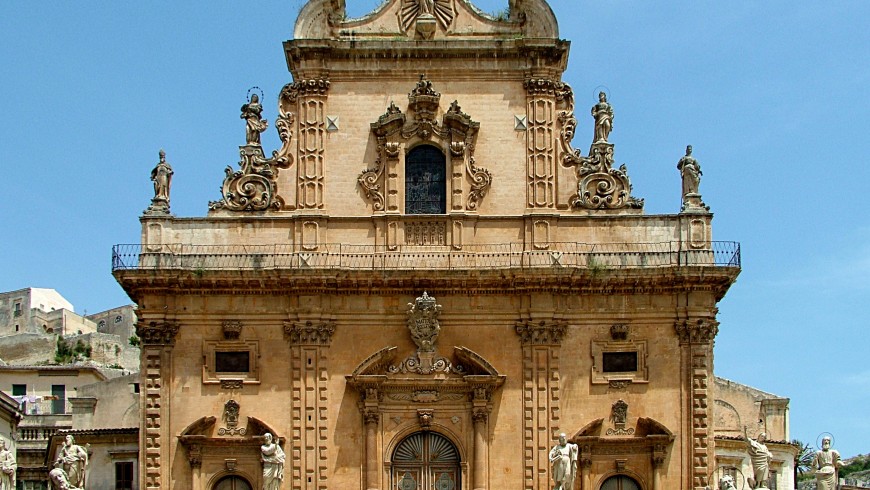
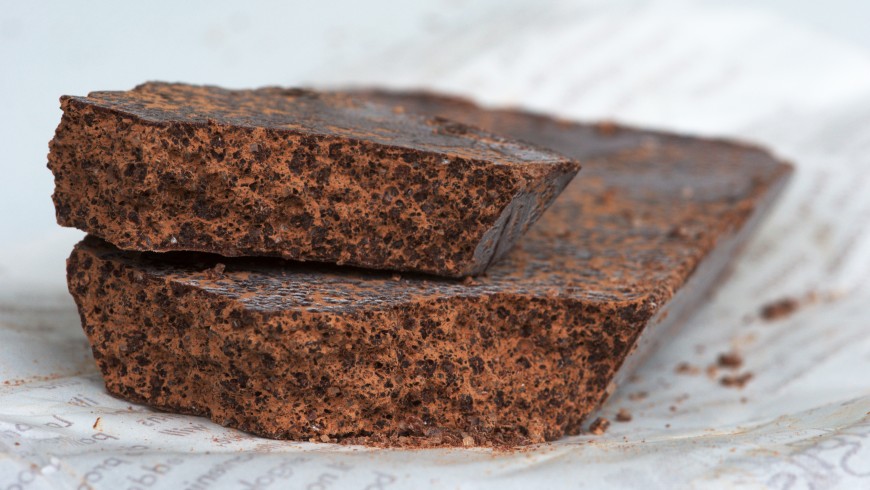
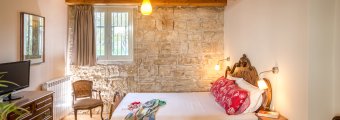 Mille Mandorli B&Bio – Green Bed & Breakfast in Noto, Siracusa, 9250500, IT
Mille Mandorli B&Bio – Green Bed & Breakfast in Noto, Siracusa, 9250500, IT  Lavikarooms – Green Bed & Breakfast in Catania, Sicilia, IT
Lavikarooms – Green Bed & Breakfast in Catania, Sicilia, IT 